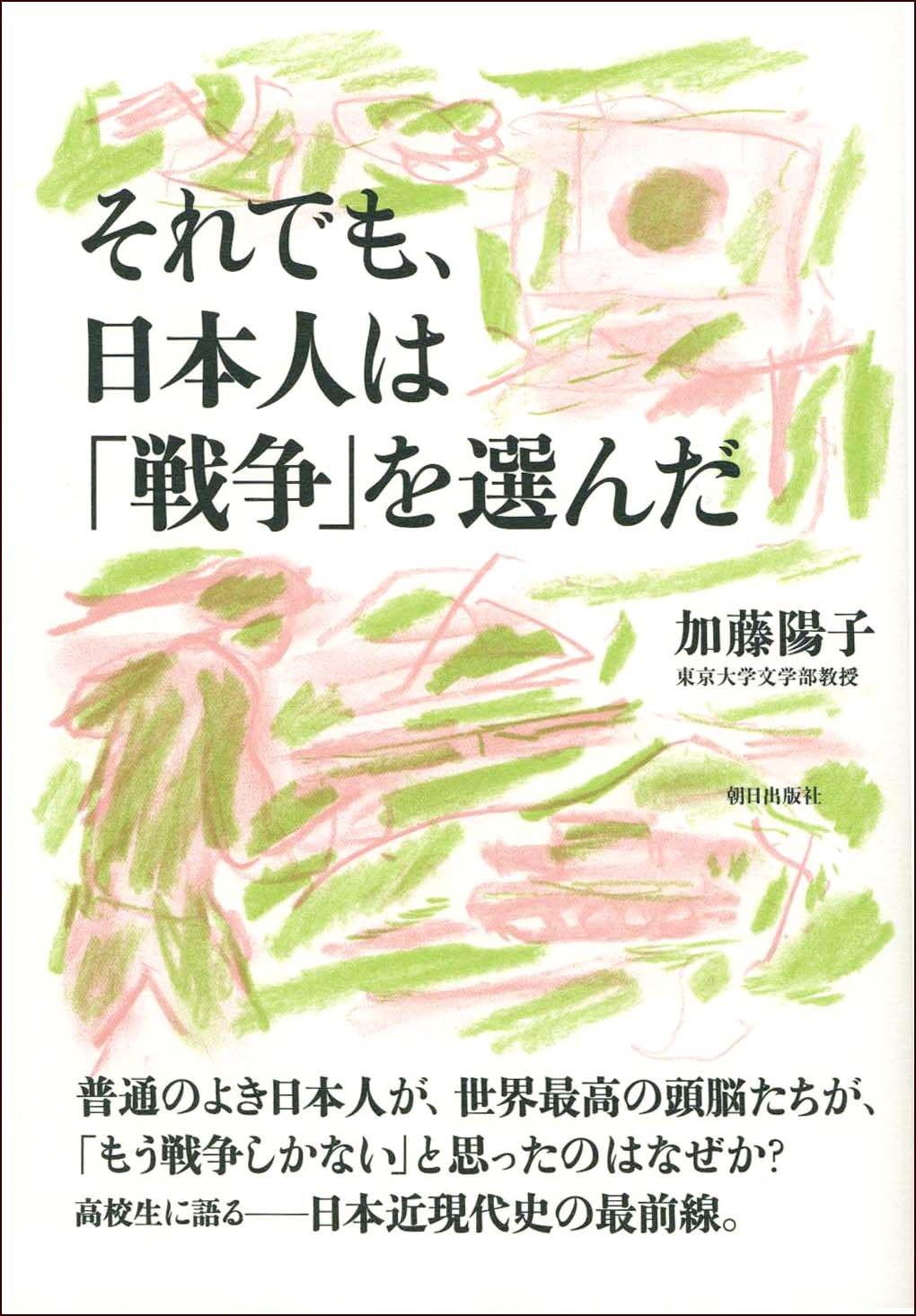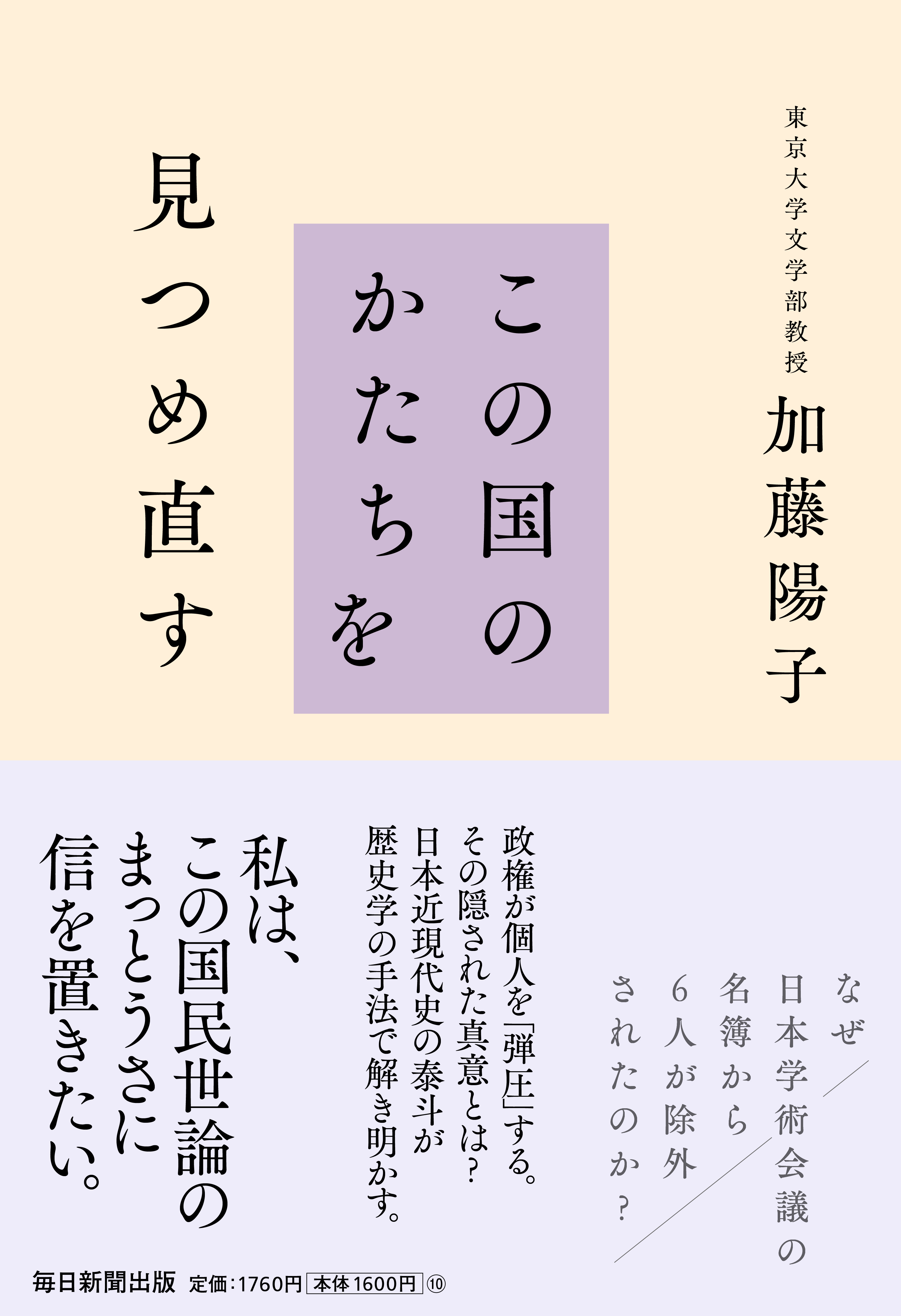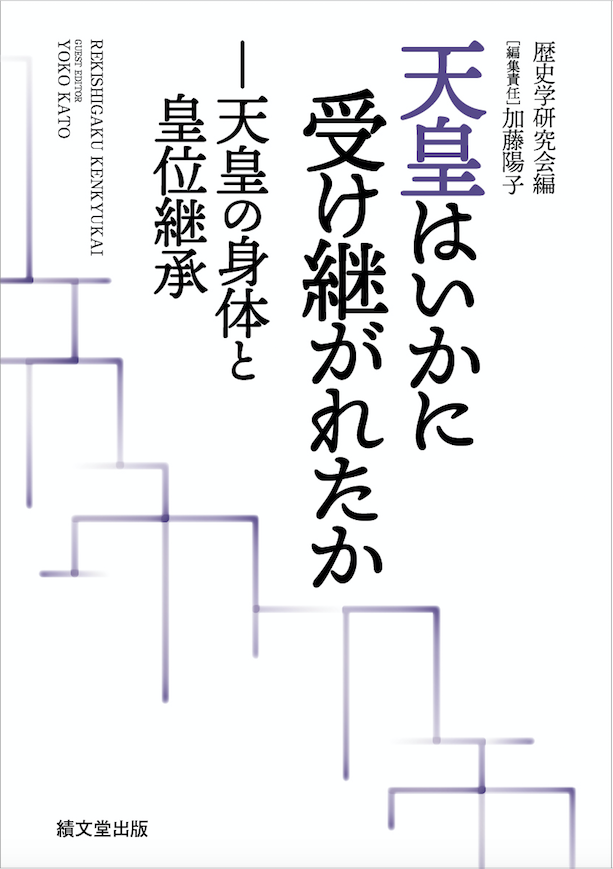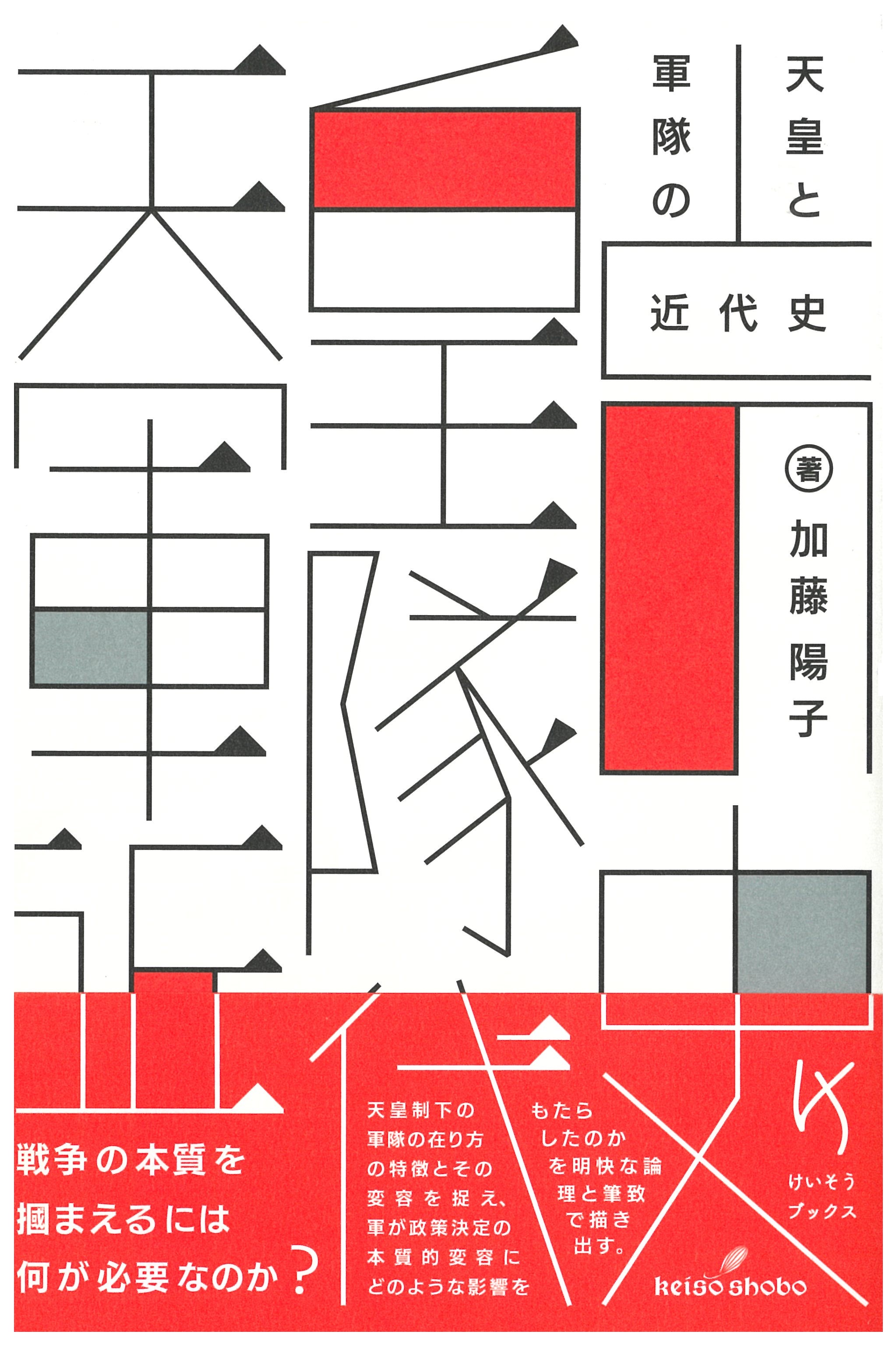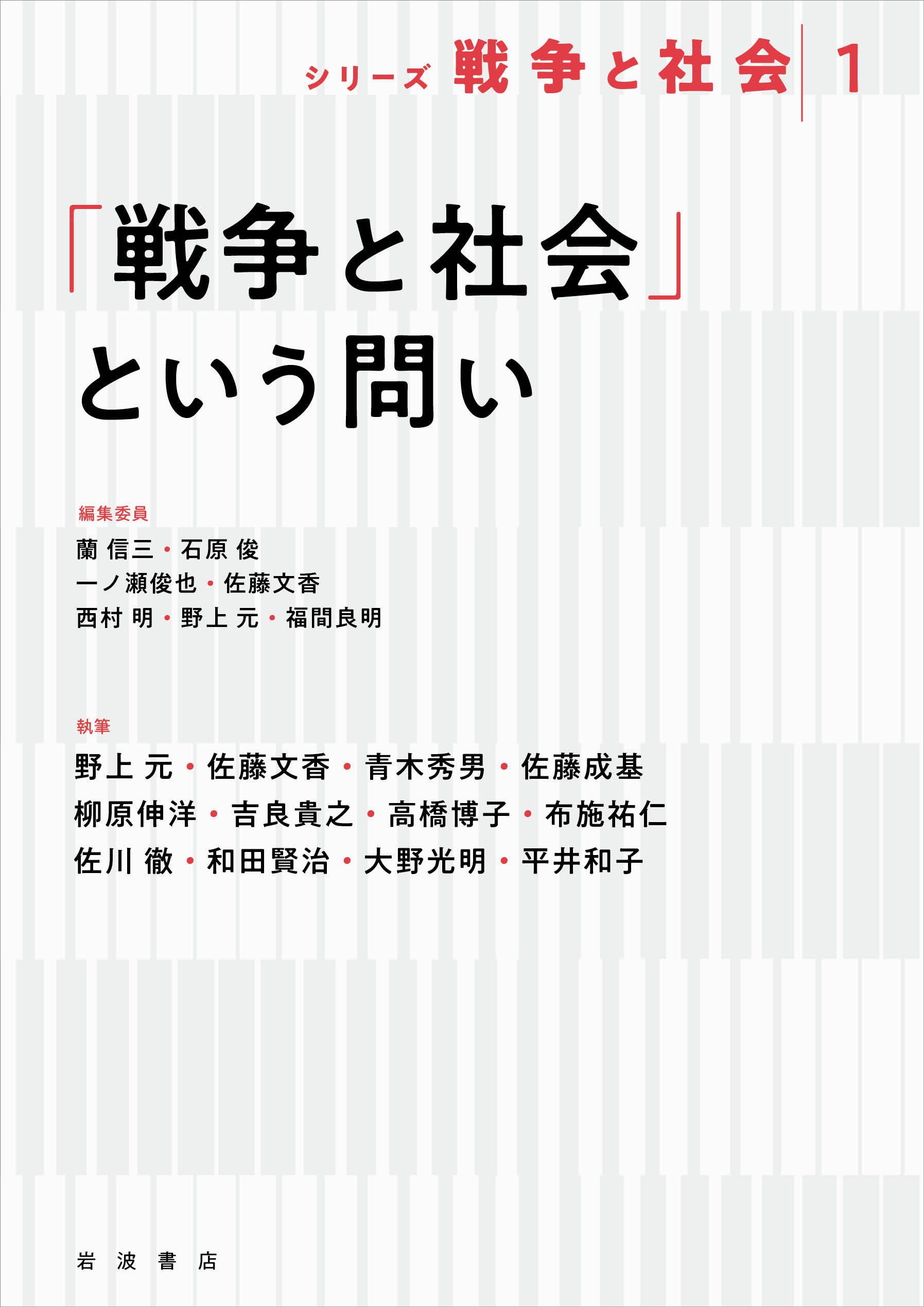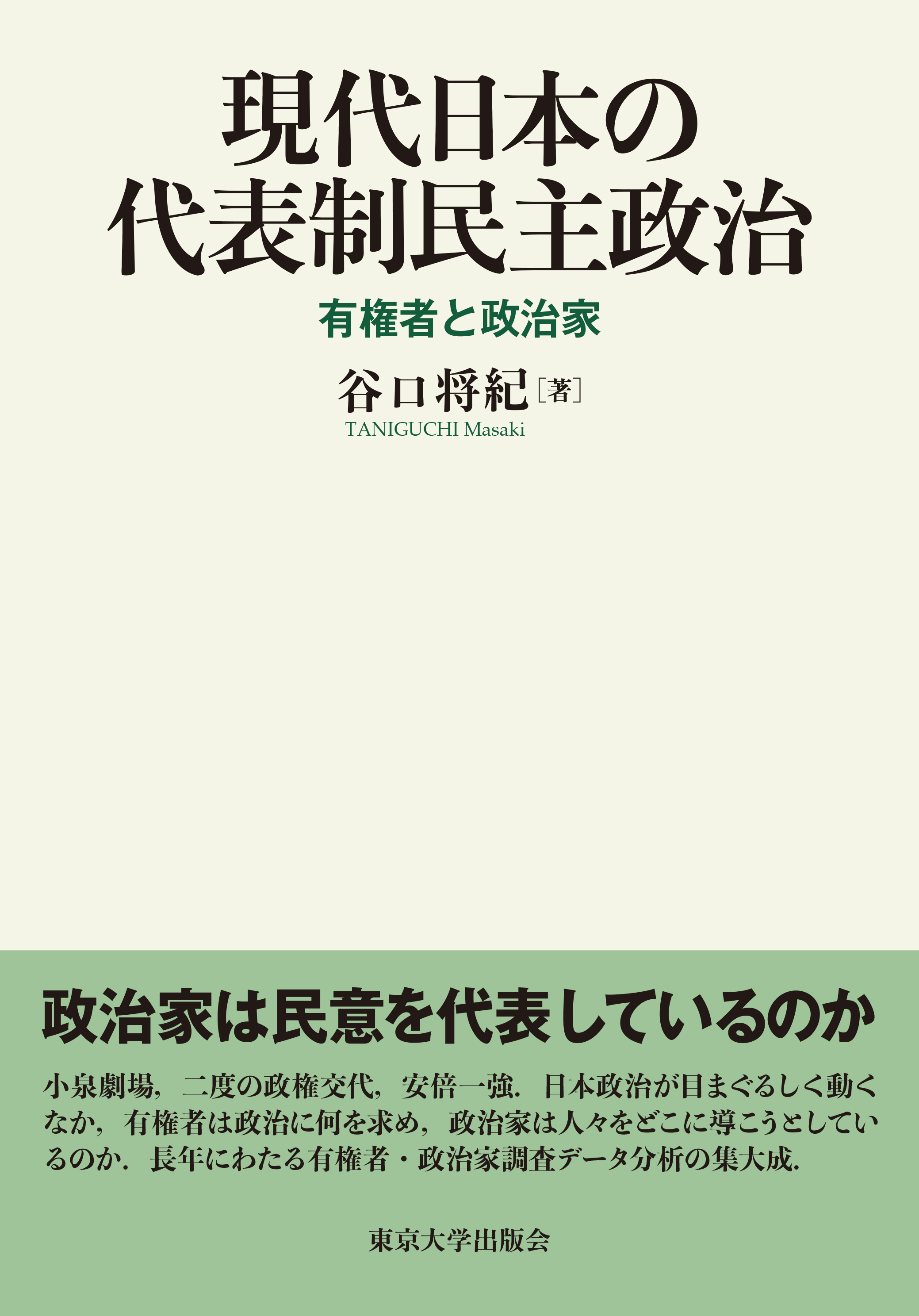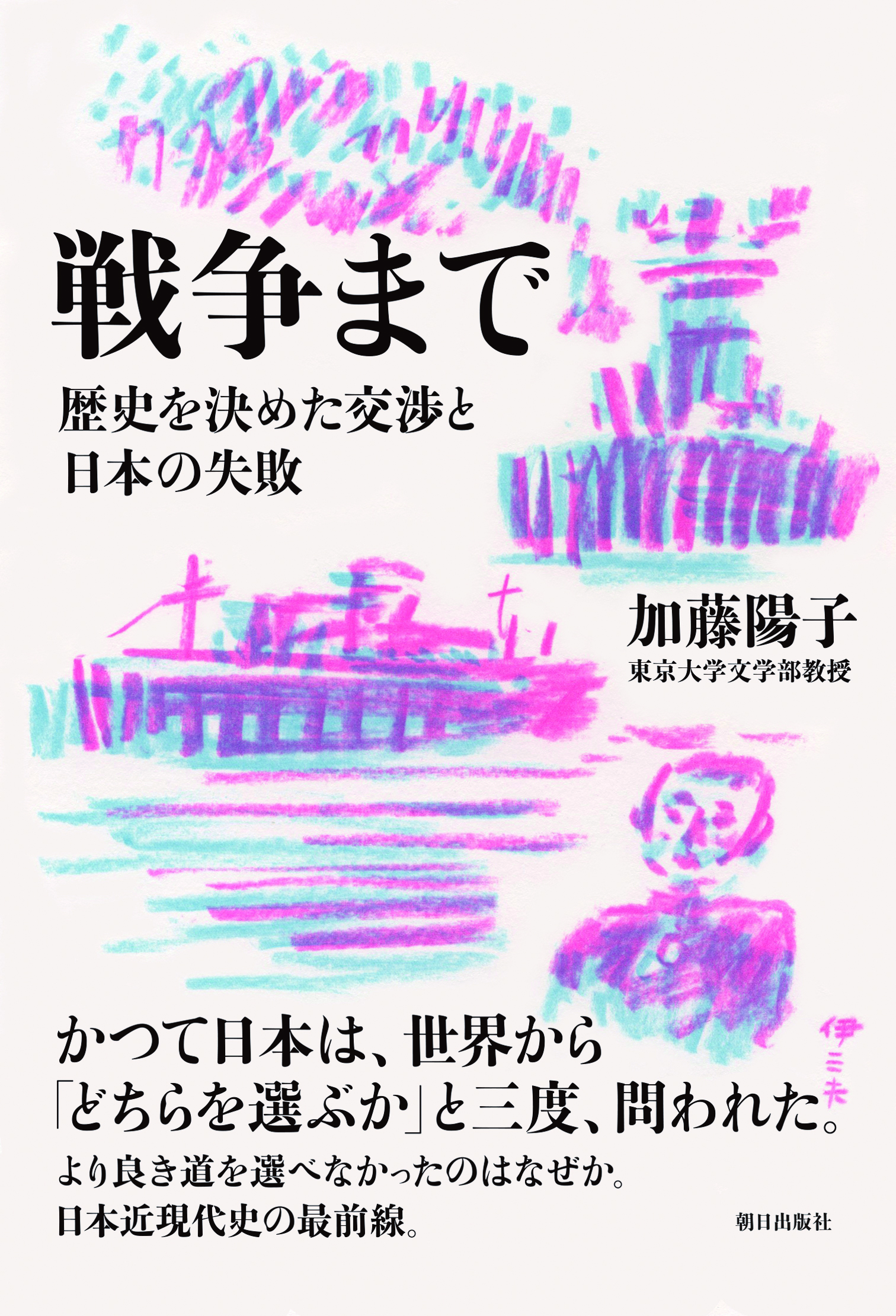
Title
Senso made (What led to the War? – Negotiations and Japan’s failures that decided history)
Size
480 pages
Language
Japanese
Released
August 09, 2016
ISBN
9784255009407
Published by
Asahi Press
Book Info
See Book Availability at Library
Japanese Page
Continuing where And, Still, Japan Decided to Go to War left off, What Led to the War is the second book of a two-part series based on discussions with high school students. This time around, the discussants were high school students who responded to an advertisement and gathered at the main Junkudo Bookstore in Ikebukuro. My aim was to think about the complexities and mindset needed when making irreversible choices together with teenagers who face such decisions on a daily basis by introducing examples from the past.
First, we discussed the fact that individuals’ votes do not always have the same political weight. Taking the example of the House of Representatives election held in December of 2014, I showed that the number of votes cast by individuals aged 60 or over was approximately six times that of votes cast by individuals in their 20s by multiplying the percentage voter turnout of different age groups by the population. In addition, I introduced a survey conducted jointly by Prof. Masaki Taniguchi’s research team (University of Tokyo) and the Asahi Shimbun which showed that, although only 33% of voters were in favor of (agreed or somewhat agreed with) amending the Japanese Constitution, 84% of House of Representatives members who were elected at the 2014 election favored such action. Looking only at the Liberal Democratic Party (LDP), whereas only 46% of voters who voted for the LDP for proportional representation candidates were in favor of amending the Constitution, 97% of newly-elected House of Representatives LDP members favored such action.
Even if we just consider the difference in degree to which different age groups express their views or the difference in vision between Diet members and voters, it is clear that it is difficult for a country’s citizens with sovereign rights to express their views. As such, it is not enough to tell young people, “there you go, make a choice,” and to then just push them forward. If the rules of the game are unfair or the referee is unfair from the start, I believe that the most important thing for us is not to despair that the social contract with state is not what it should be but, rather, to learn methods and strategies for correcting the rules of the game and for replacing unfair referees with fair ones by studying the past.
The duty and goal of historians is to accurately describe past history and to thereby contribute to the building of a better future. In Chapter 1 of the book, I introduce cases where the relationship between the country and its citizens shifted substantially and discuss the nature of the issues that were negotiated by tracing the course of discussion through historical records and records of speeches while also tying in the results of the most recent research. Chapter 2 to Chapter 4 form the core of the book. As I noted previously, the act of voting does not occur in a vacuum but, rather, is constrained by various institutional schemes and is affected by the international environment and the state of domestic political affairs. If that is the case, the important question to be asked when the country or an individual is asked to make a choice becomes whether or not the choices correctly reflect the essence of an issue.
I take up three negotiations that substantially impacted Japanese historical trajectory, namely the (1) Manchurian Incident and the Lytton Report; (2) the Tripartite Pact between Japan, Germany, and Italy; (3) and negotiations between Japan and the United States prior to the attack on Pearl Harbor. While clarifying the real choices presented to Japan by the world, not the false choices manipulated by the politicians and journalists, I attempt to accurately reproduce the form and content of choices counterposed by Japan and, thereby, capture the moment when the World and Japan crossed swords.
(Written by KATO Yoko, Professor, Graduate School of Humanities and Sociology / 2018)



 Find a book
Find a book


 eBook
eBook